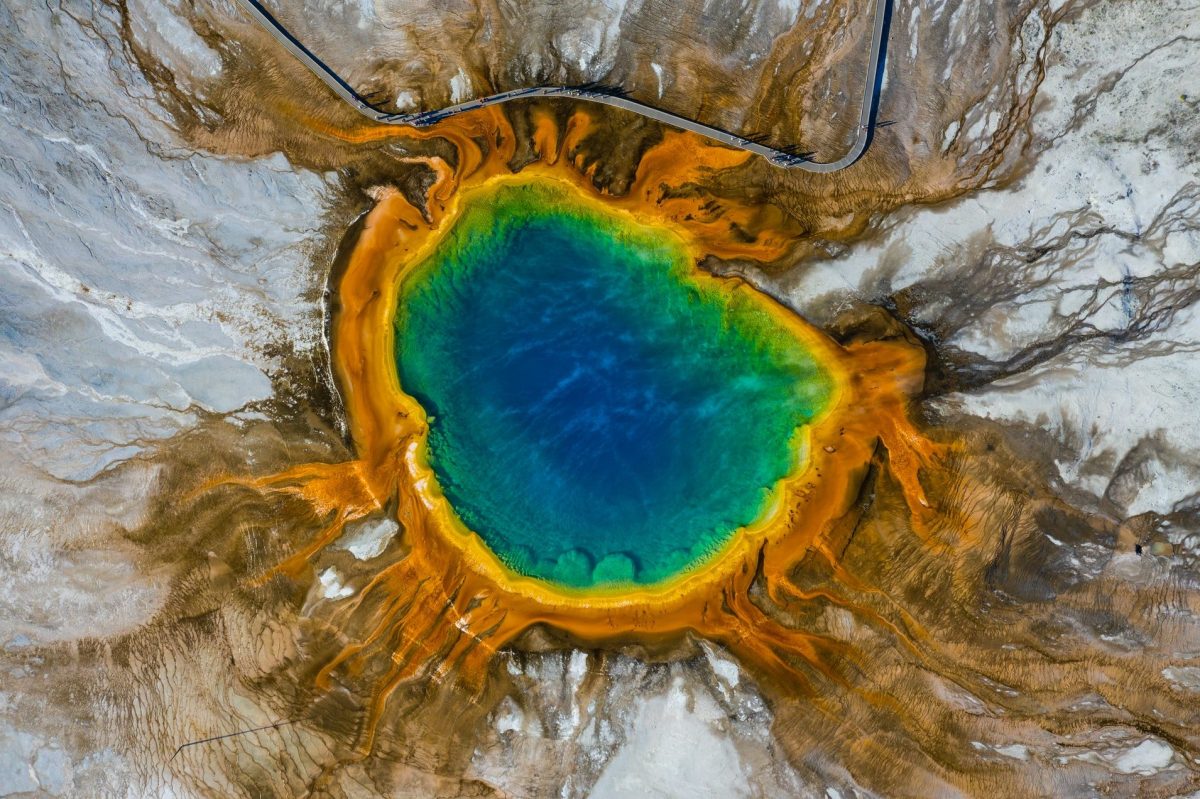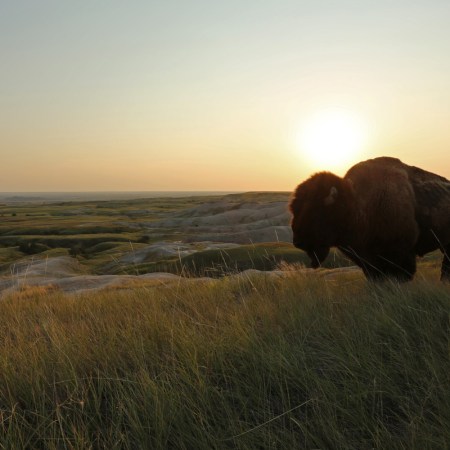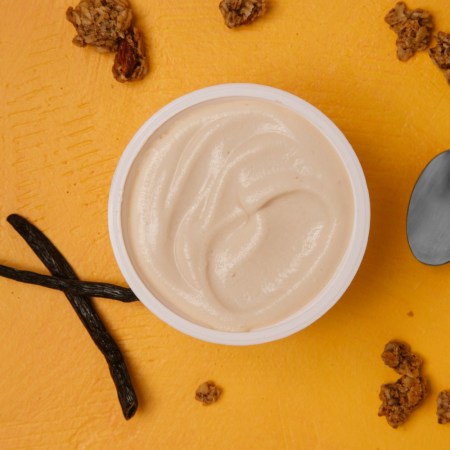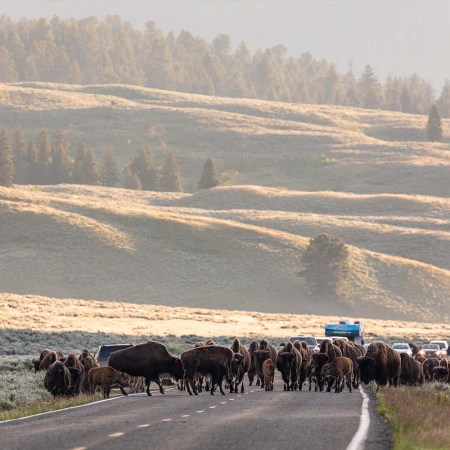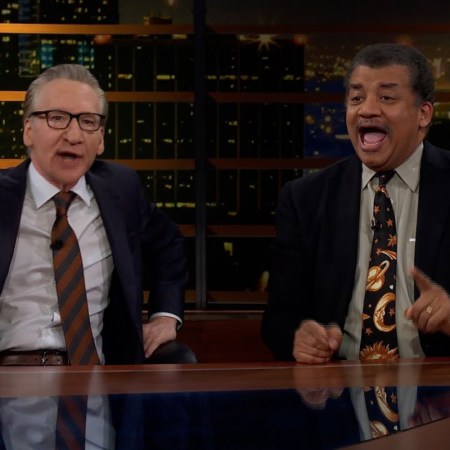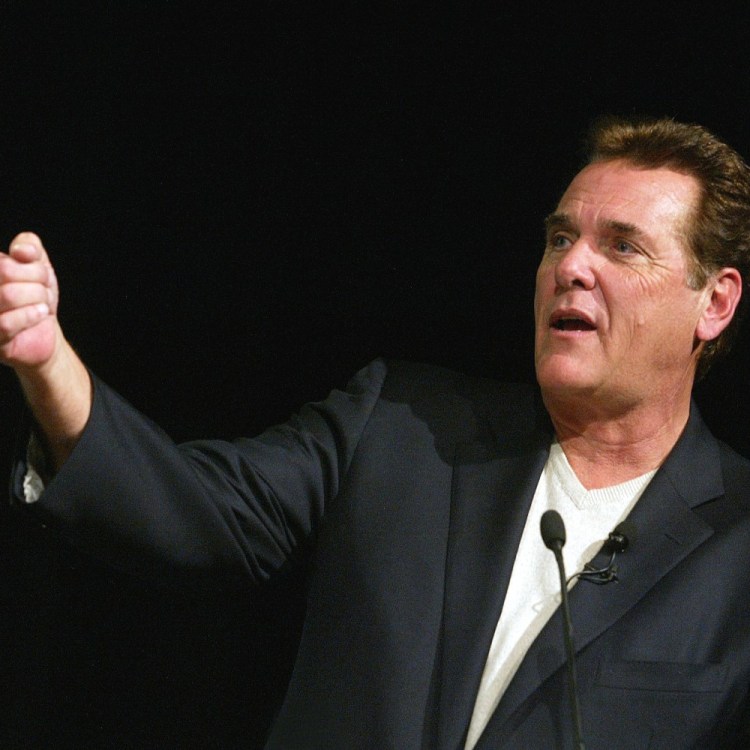Theodore Roosevelt’s legacy is inexorably woven with the nation’s parks — including a planned presidential library which will be located on the border of one such park. That includes Yellowstone National Park, which Roosevelt was the second president to visit. But his involvement with the park long predated his time in the White House, and, as a recent article points out, he also played an important role in securing the park’s future late in the 19th century.
Writing at Smithsonian Magazine, Alan Katz explored a fateful 1887 dinner party in New York City. Of note here is who was hosting the party: Bamie Roosevelt, Theodore’s older sister. Katz writes that the attendees “were New York’s most influential and rich social elite, and they all loved hunting big game.” The future president had invited them because of his interest in conservation, and the dinner had another consequence — the formation of the Boone and Crockett Club, an organization that still exists today.
Another of the group’s founding members was Forest and Stream editor George Bird Grinnell. Grinell used his magazine to advocate for the preservation of Yellowstone, which was at the time facing threats from industry and the military. An 1894 article in Forest and Stream about the capture of a poacher, Edgar Howell, sparked a national response over an image purporting to be of the buffalo the poacher had killed.
While Howell’s poaching was very real, the image was not of buffalo he himself had killed. Nonetheless, as Katz writes, it led to Congress passing the Act to Protect the Birds and Animals in Yellowstone National Park, and to Punish Crimes in Said Park. It was an crucial step in the protection of the park for future generations — albeit one with a very circuitous route.
Thanks for reading InsideHook. Sign up for our daily newsletter and be in the know.
